Blog Published April 11, 2024 · 4 minute read
America’s Electricity Challenges in 7 Charts
Shane Londagin & Olivia Sherman
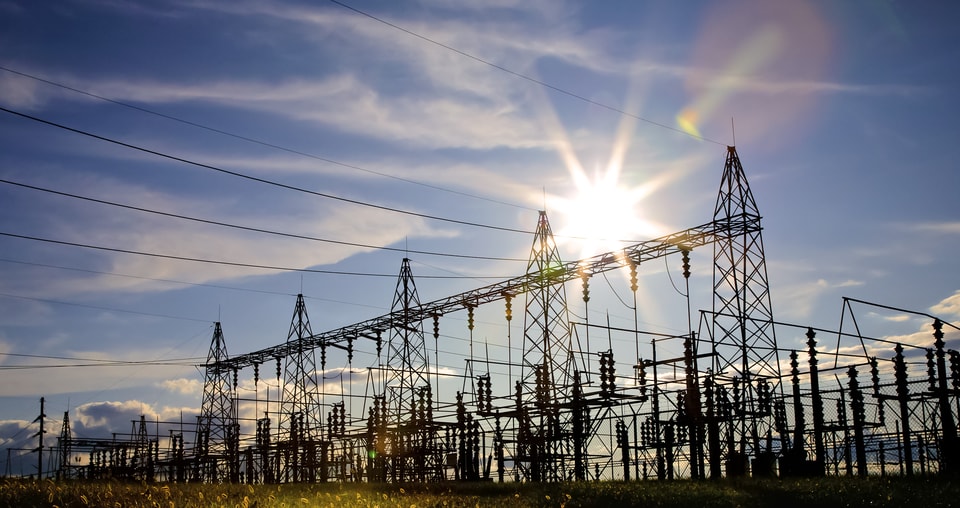
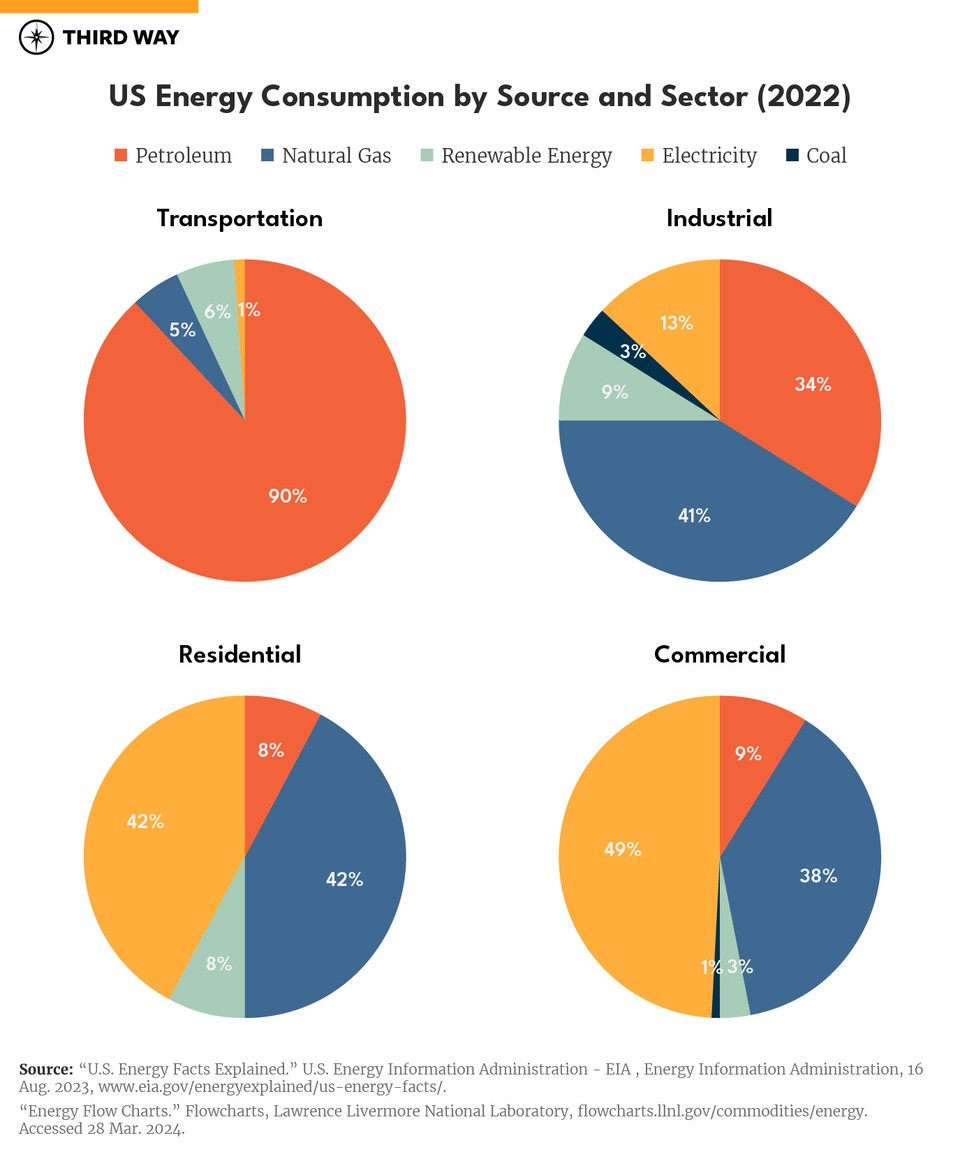
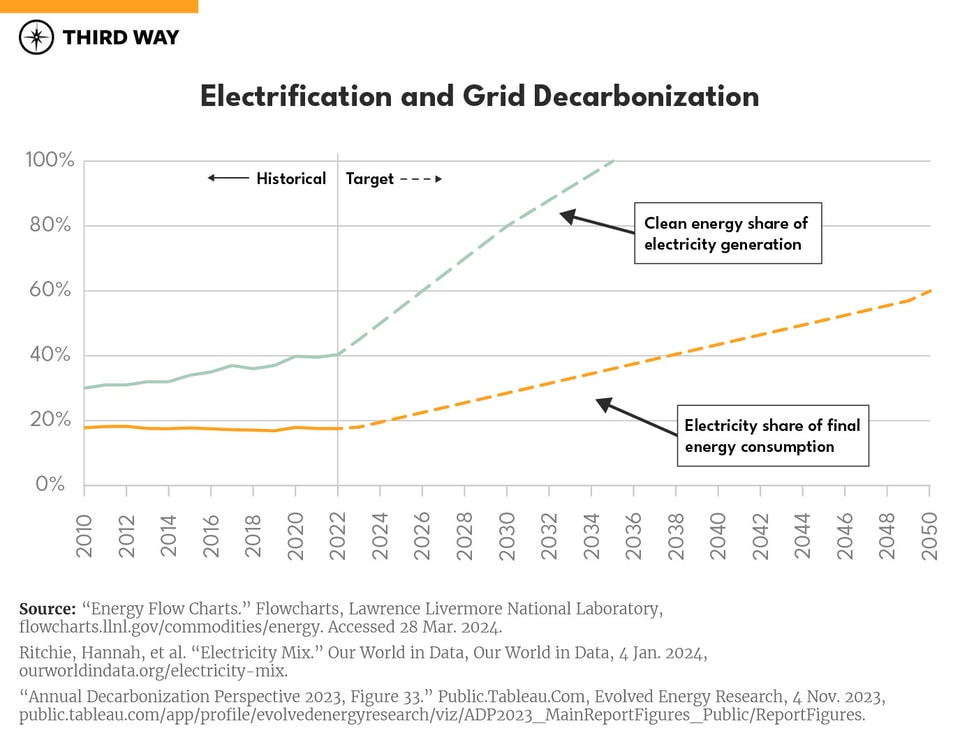
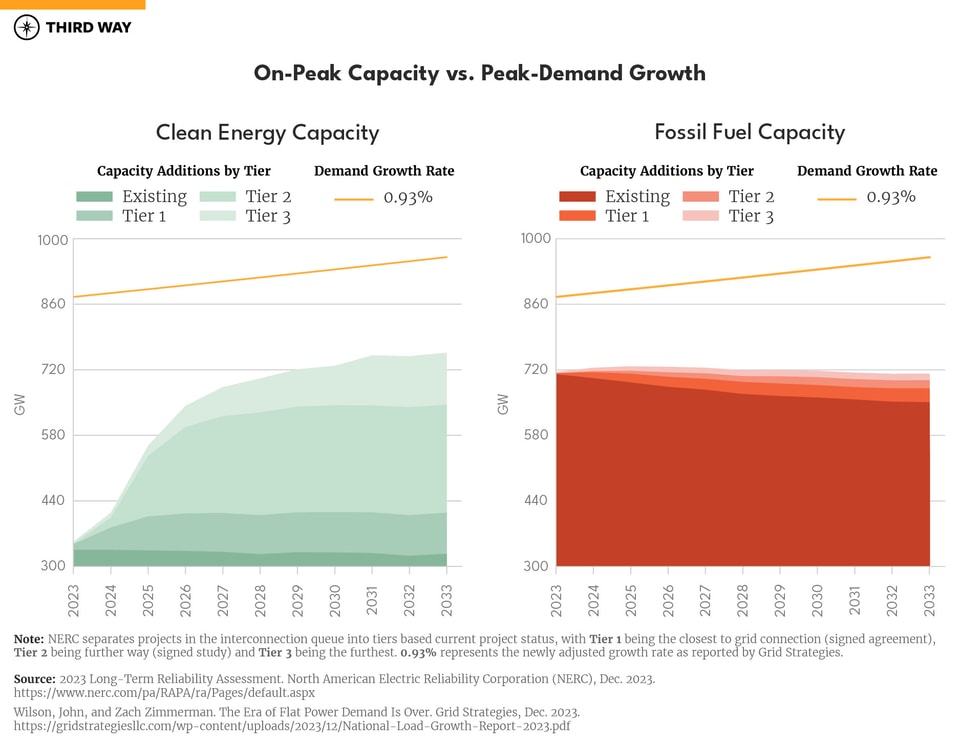
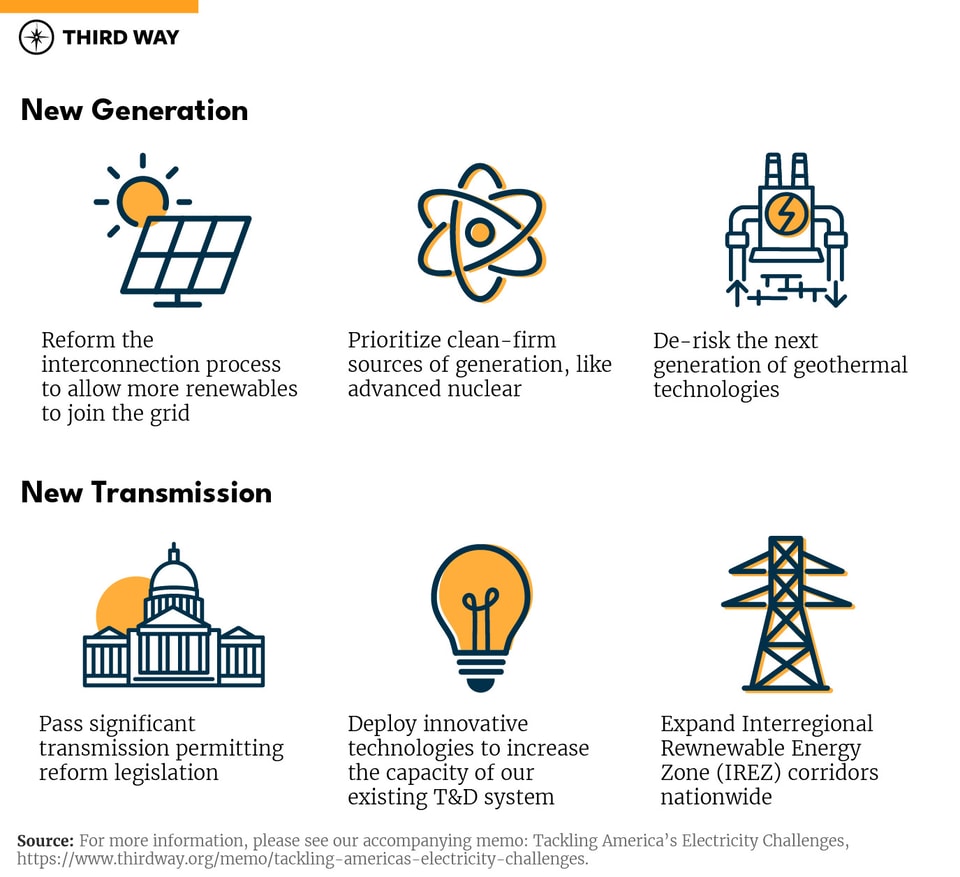
To realize a net-zero economy by 2050, the United States must rapidly electrify its traditional fossil fuel-dependent sectors while simultaneously decarbonizing its electrical grid. Unfortunately, groups from the National Academies of Sciences, Engineering, and Medicine, to the International Energy Agency continue to call the electrical grid the single greatest technological danger to a successful energy transition.
And while the twin challenges of electrification and grid decarbonization were already keeping grid planners and operators up at night, new projections of surging load growth are ramping these challenges up a notch and threatening to knock the energy transition off course.
To be clear: these are solvable problems. But ambitious policy and thoughtful regulation is needed to ensure these challenges don’t overwhelm our already fragile electrical system.
We’ve put together these charts to summarize the issue. For deeper analysis and solutions, see our memo Tackling America’s Electricity Challenges.
Electrify everything, everywhere, all at once: The US’ 2050 commitment for a net-zero economy is built on a strategy of electrification i.e., expanding the use of electricity to sectors primarily serviced by other sources of energy. Today, electricity is only a fraction of final energy consumption.
Cleaning up the grid: Of course, electricity only helps reduce greenhouse gas emissions if that electricity itself is generated by clean sources of energy. That’s why grid decarbonization, actualized via a 100% clean electricity target by 2035, is the first stop on the road to net-zero. We’re only 40% of the way there.

Twin challenges, diverging paths: Over the last decade, grid decarbonization has progressed at a steady pace, while economy-wide electrification has remained stagnant. Both rates need to rapidly increase. Clean energy’s share of electricity generation needs to double in the next 8 years, up to 80% by 2030, and then reach 100% by 2035. This paves the way for electricity to displace other dirtier sources of energy, with electrification tripling to ~60% of final energy consumption in support of the US’ 2050 net-zero commitment. Both targets are necessary, and one without the other is woefully insufficient.
New projections, new problems: Recently, grid planners nearly doubled their peak demand forecasts, now increasing the annual growth rate through 2028 from 0.5% to 0.93%. In reality, the lag in reporting likely means that the annual growth rate is measurably higher, potentially 2.0-2.5%. But surging demand is only half the story. Because while demand is increasing, so too is our ability to service it. The revised 0.93% growth rate could see peak demand increasing by nearly 100GW over the next ten years; a number that, while significant, would still be below our existing on-peak capacity, even when accounting for planned retirements. Assuming the recent historical average amount of planned projects clear the interconnection queue and come online (~14% of total queue capacity), serviceable on-peak capacity could increase to nearly 1,050GW over the same time period. Nearly covering even a modeled 2.3% growth rate.

Displacement is not enough: Of course, not all that new capacity will be available to service peak demand. And further breaking down existing and planned capacity reveals another difficult reality: surging demand is—and will likely continue to be—serviced largely by fossil fuel generated capacity. For grid decarbonization, surging demand has the potential to “lock-in” existing sources of carbon as utilities scramble to serve load-hungry customers. On electrification, while the outlook is a bit rosier (planned clean additions dramatically outpace planned fossil), even assuming that every planned project comes online (a very, very optimistic assumption) we would still fall well short of the new 0.93% growth line (which says nothing of a potential 2.3% rate).
New load is outpacing new capacity: These challenges are being exacerbated by a fundamental mismatch in the mount of time it takes new load vs. new capacity to come online. Data centers continue to come online at a record pace, while capacity expansions are taking longer than ever to be sited, permitted, constructed, and interconnected.

What We Can Do: We need to rapidly expand the scope, scale, and speed in which new capacity is added to the grid. We also need to make better use of the resources we currently have. This is both a generation and transmission challenge, and requires multiple policy, regulatory, and economic solutions.

